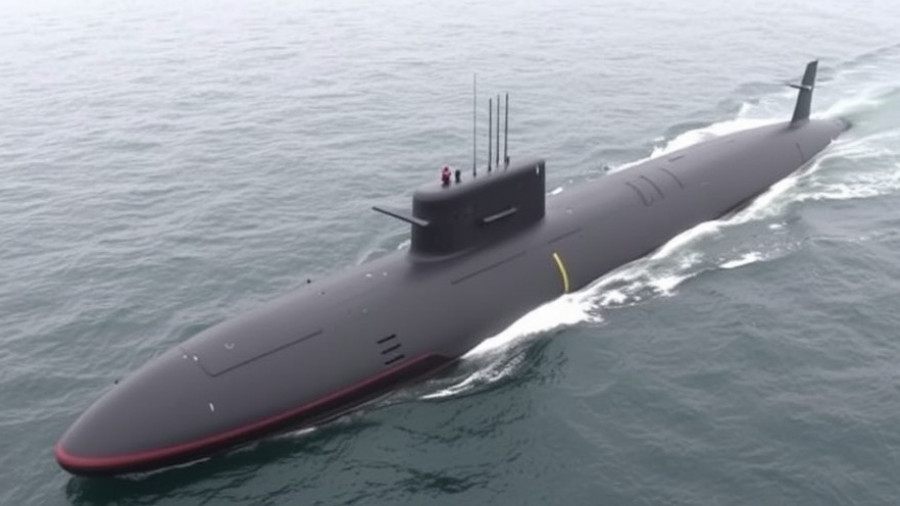
Australia's Renewed Satellite Communication Ambitions
Australia’s commitment to enhancing its military satellite communications (SATCOM) capabilities is on the rise, as highlighted by a recent request for information (RFI) issued by the government. This initiative stirred interest among companies capable of delivering innovative SATCOM systems. Notably, the RFI is a response to an evolving strategy within the Department of Defence (DoD), moving from a previously cancelled single-orbit system toward a holistic approach that includes multi-orbit satellites.
The Journey from Cancellation to Opportunity
The backdrop of this RFI can be traced back to the cancellation of Joint Project (JP)-9102 in 2024, which was originally intended to deliver a dual-band SATCOM solution. Despite the sudden shift at the time, this new RFI opens up a landscape of potential for both traditional players and new entrants in the SATCOM field. The renewed focus emphasizes the importance of resilience against electromagnetic interference, a crucial factor for maintaining operational integrity in defense missions.
What's Next? Understanding the RFI Process
The Strategic Partnership Agreement (SPA)-9102 outlines the current scope of the SATCOM initiative, encouraging companies to share insights into existing satellite communication technologies. While an official proposal phase will follow, this stage serves primarily as a knowledge-gathering exercise. It’s designed to assess industry capabilities before moving towards more concrete procurement efforts.
Current SATCOM Landscape in Australia
As of now, the Australian Defence Forces rely on a mix of SATCOM systems, including the Wideband Global SATCOM provided by the USA, along with commercial capabilities that cover vital areas such as the Indian Ocean. These systems demonstrate Australia’s current reliance on international partnerships while emphasizing a pressing need for self-sufficiency in military communications.
Investing in Sovereign Capabilities
In line with this self-sufficiency drive, the Australian government has initiated a co-funded project, collaborating with Optus to develop a low Earth orbit (LEO) satellite, which aims to bolster domestic expertise and technological development in satellite communication. This A$4 million initiative signals a commitment not only to enhance operational capacity but also to foster a sovereign ecosystem that can support regional and global communication needs.
Implications for the Future of SATCOM in Australia
This renewed emphasis on SATCOM capabilities aligns with broader trends in defense technology. As geopolitical tensions rise, nations across the globe are investing heavily in advanced communication systems that provide real-time data and resilient connectivity. For Australia, establishing robust satellite communication capabilities could prove essential for maintaining strategic operational readiness in both national defense and international missions.
Insights into Potential Developments
The ongoing RFI process paves the way for potential partnerships and technological innovations that could reshape Australia’s SATCOM landscape. Interestingly, the emphasis on multi-orbit systems might lead to collaborations with growing firms specializing in innovative satellite technology, creating an opportunity for novel solutions that cater to both military and civilian requirements.
The Broader Impact on National Security
Beyond enhancing communication with existing defense partners, a well-rounded SATCOM strategy could pivot Australia toward greater autonomy, allowing for timely responses to crises and natural disasters, as well as improved collaboration with allies in the Indo-Pacific region. This dual focus on military necessity and technological advancement embodies a forward-thinking strategy that could redefine Australia’s operational capabilities.
 Add Row
Add Row  Add
Add 




Write A Comment